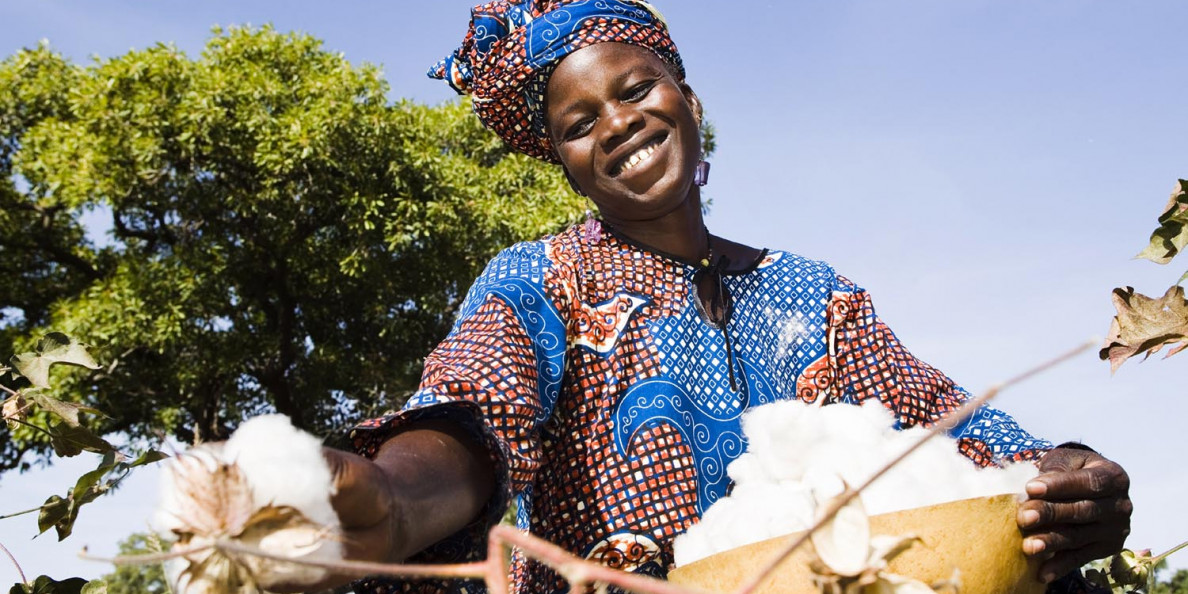Abstract
Recent years have seen an increasing awareness of the relative advantage of organic and conventional agriculture. This study aims to analyze the environmental efficiency of organic and conventional cotton in Benin. A Translog hyperbolic distance function which allows us to consider the joint production of desirable and undesirable output is used to analyze the environmental efficiency among organic and conventional cotton production farmers. The model includes factors that affect environmental efficiency. Greenhouse gas (GHG) was used as an indicator of undesirable output. Data were collected from 355 cotton producers (180 organics and 175 conventional) randomly selected in the cotton belt of Northern Benin. The results show that although organic cotton producers contribute less to GHG emission, they are environmentally inefficient compared to their conventional counterparts. Producers could improve the quantity of cotton produced by 27% and 17% while reducing emissions by 21% and 14% respectively for both organic and conventional cotton to achieve better environmental performance. However, the analysis of the shadow price revealed that organic cotton producers face lower opportunity cost than conventional producers. These results suggest that there is a need for more technical support and environmental education to improve the environmental efficiency of organic cotton in Benin.


